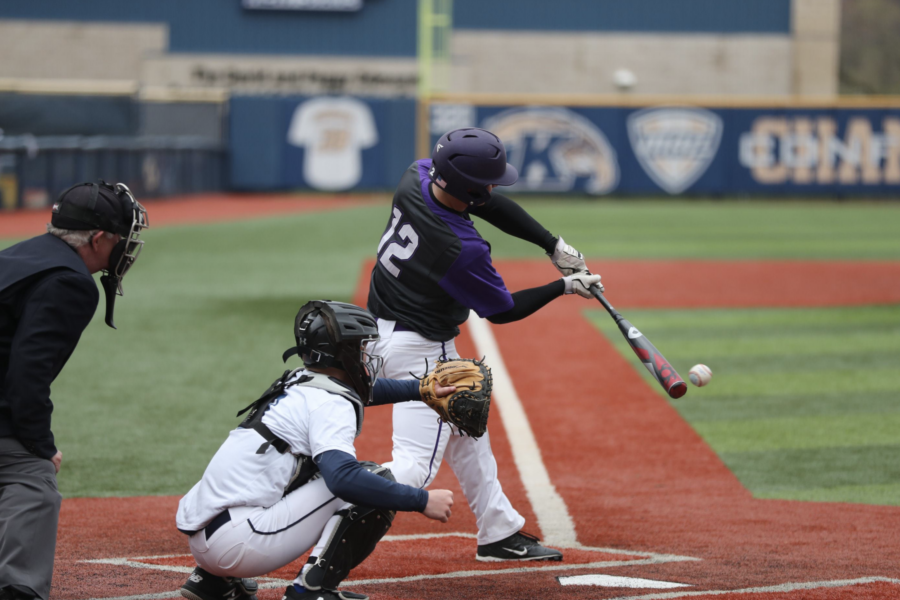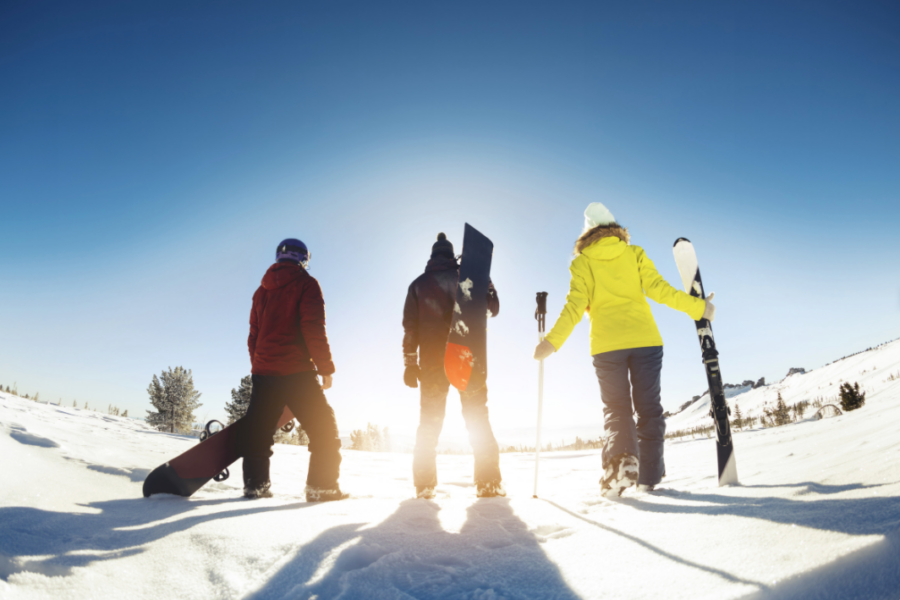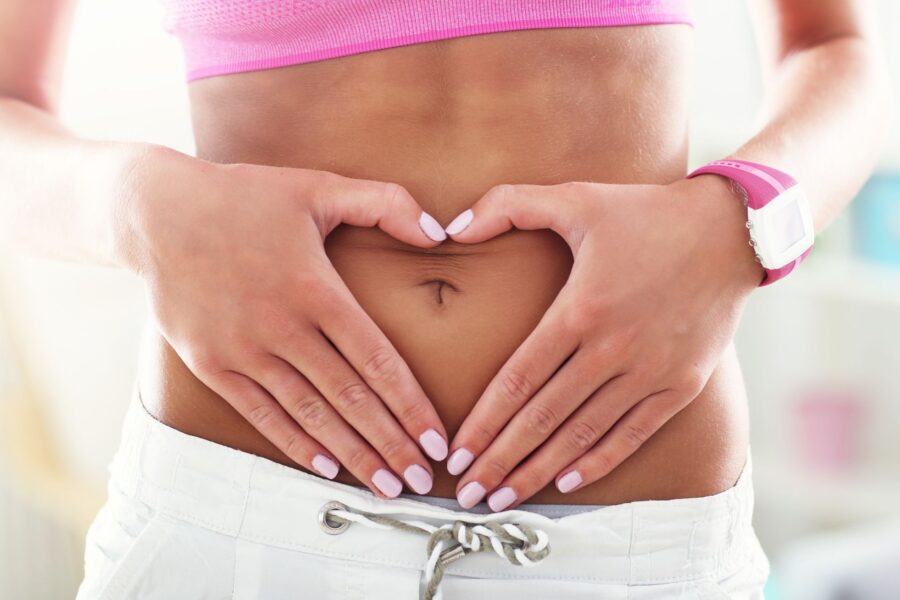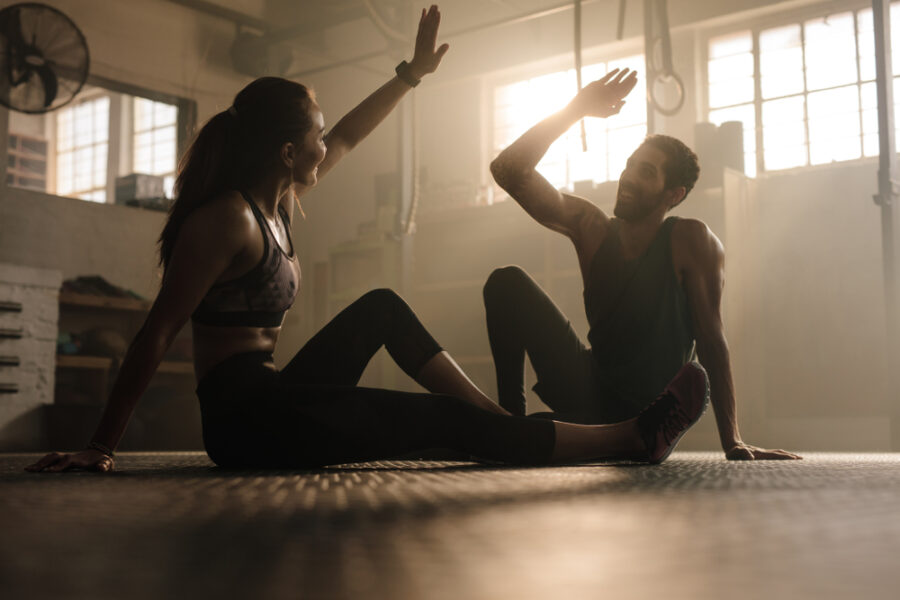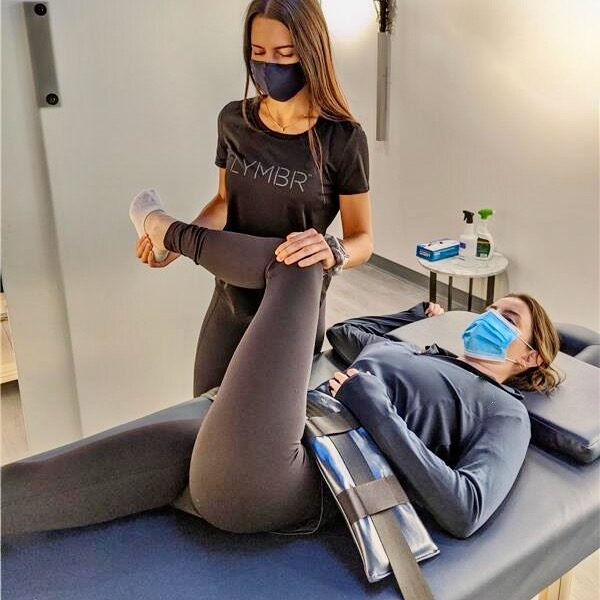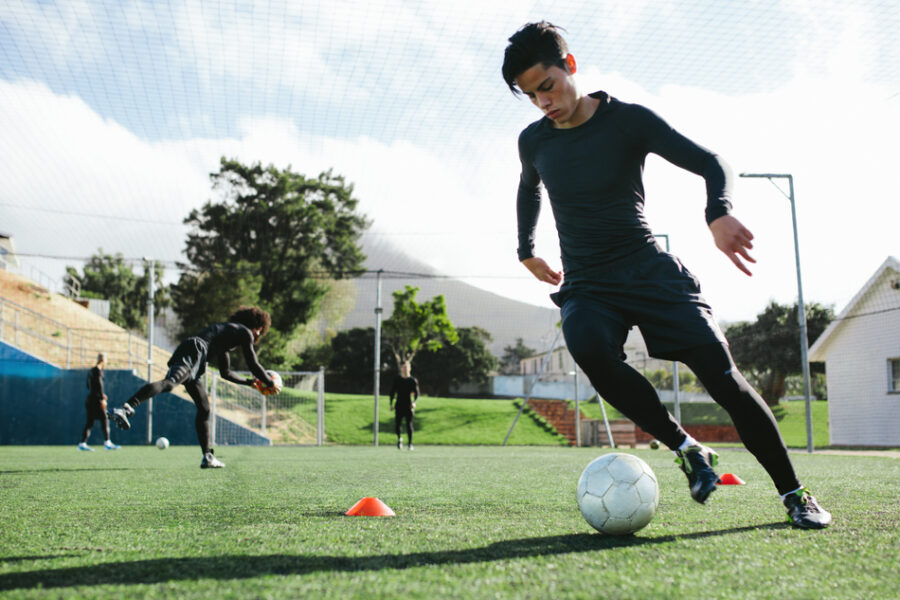Specific environmental factors such as cold temperatures limit performance of the muscles due to reduced…
LYMBRMarch 7, 2021
We already know that what we eat affects everything from our weight to our ability…
LYMBRFebruary 13, 2021
It’s important to fight back against stress and restore balance in our body and mind.…
LYMBRDecember 2, 2020
Overuse injuries are exactly what they sound like; repetitive action that degrades motor function over…
LYMBRDecember 3, 2019
As the days get colder, you may start to notice discomfort and stiffness in your…
LYMBRNovember 13, 2019

